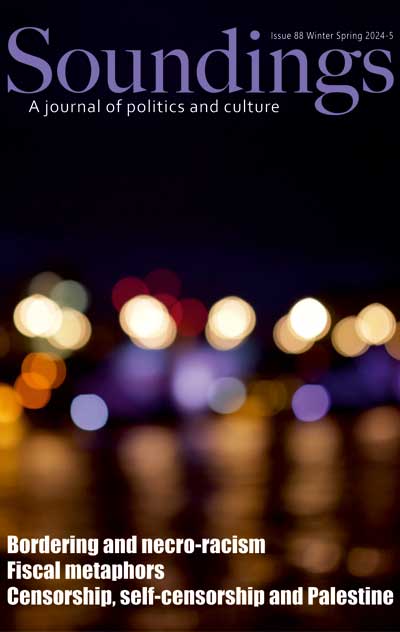
Statues of empire: questions of race and power
Soundings - Print ISSN 1362-6620 - Online ISSN 1741-0797
Volume 2024 Number 88
Statues of empire: questions of race and power
Milly Williamson pages 83‑98
DOI: 10.3898/SOUN:88.06.2024
Abstract
There was a mass production of statues of imperial monarchs, military and naval figures and politicians in a very short historical period between the late nineteenth century and the early twentieth century, the height of European imperial expansion. This article examines this frenzy of statue erection in the dual context of nation and empire, and as part of what Eric Hobsbawm referred to as the ‘invention of tradition’. Modern states consolidated the power of their new elites by appropriating and transforming older modes of belonging. This new ‘imaginary’ was imperial: new national traditions ‘at home’ in Europe were directly tied to empire-building. The article takes as a case study the statue of Edward Colston in Bristol, erected in 1895 by local elites, and subsequently the subject of long-term fallist campaigns and forms of direct action. As this specific analysis demonstrates, the power represented by statues of empire is not merely an historical relic to be tolerated as an anachronism: it is part of an ongoing structure of power invested in inequality.
To cite this article
Milly Williamson (2024) Statues of empire: questions of race and power, Soundings, 2024(88), 83-98 . https://doi.org/10.3898/SOUN:88.06.2024
